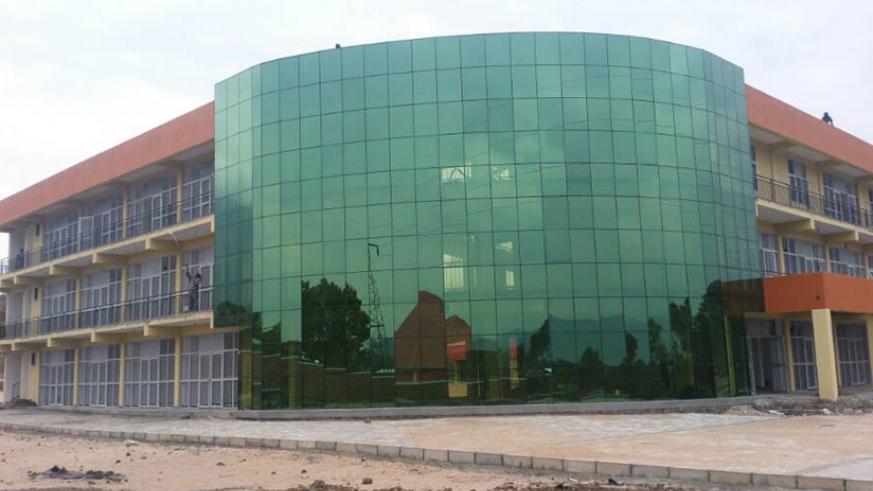
Cyanika cross border market
On February 11, the Parliament called the minister of Trade and industry to explain issues on Cross border Markets that were raised in the Auditor General’s Report 2017/18, which was assessed by a parliamentary Public Accounts Committee (PAC).
Through the Prime Minister’s office, the Trade minister, Soraya Hakuziyaremye informed the lawmakers in a letter why she couldn’t appear or delegate someone else to represent her.
Donatille Mukabalisa, the Speaker of Parliament, informed the house that the reasons where lawful and the hearing is postponed till further notice.
The markets in question each worth Rwf1.5billion are in Rusizi, Rubavu, Cyanika and Karongi districts which connect Rwanda with its neighbors like DR Congo and Uganda.
Jean Chrysostome Ngabitsinze, the chairman of the Public Accounts Committee said that during the PAC assessment on cross border projects, there was gross mismanagement of the public facilities which resulted to loss of value for money.
“The projects were not completed on time, they too much money but were also not built to the standard as a result of lack of coordination. Even those that were completed had a low percentage of occupancy which is a problem in itself,”
Before the house revisits and gets answers to this matter, KTPress took a visual look at the state of the said cross border markets and issues around them.
Rubavu Cross Border Market
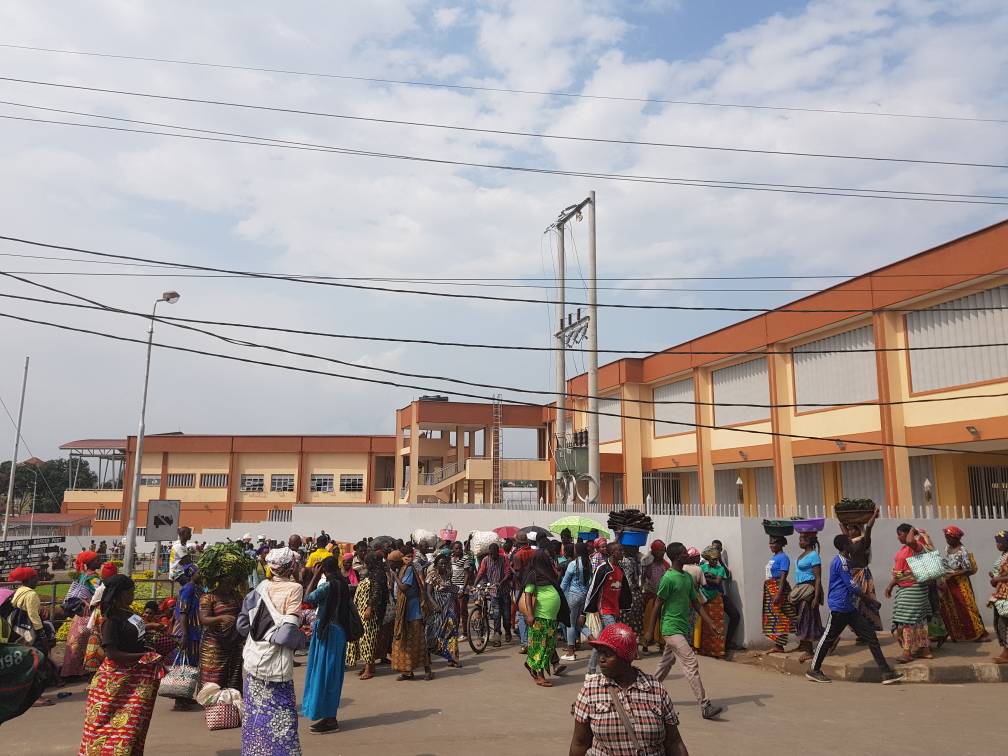
Worth Rwf1.5 billion which serves to connect Rwanda and DR Congo since 2018, the market is believed to be functioning below its intended mission.
According to our reporter in Rubavu, the market stalls are occupied by retailers who sell meat, vegetables and other household items. Normally, the Congolese clients expect from this market, the wholesale deals in meat and vegetables.
The Congolose traders have resorted to buying wholesale beef from other slaughter houses and vegetables from other markets in the area- where they can get goods in larger quantities.
Cyanika Cross Border Market
The Rwf1.5billion market is located in Burera district serving Rwandan and Ugandan communities.
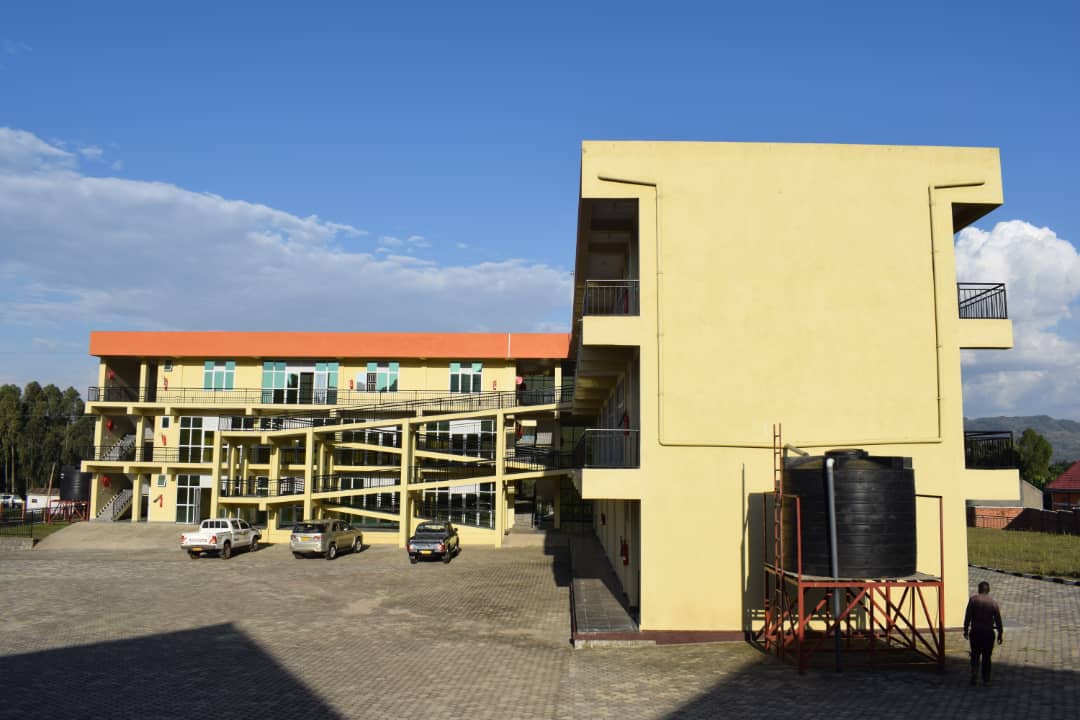
After its completion in 2017, the market spent years without functioning and the area business community say that it affected their anticipations of reducing costs of crossing to Uganda to do business.
In 2019, Northern Provincial Governor JMV Gatabazi tried to investigate the causes of the delay only to be told that there was no water supply in the market.
News has it that a tendered enterprise failed to meet its responsibilities and vanished in thin air according to the Water and Sanitation Corporation (WASAC).
The private sector federation recently announced plans to increase produce storage (import and export) for the Cyanika cross border market warehouse- which has a capacity of storing 600 tons.
Karongi cross border market
Worth Rwf1.5 billion, the market also connects Rwanda and DR Congo especially for the timber market.
The one-stored market building located on Lake Kivu, outside Karongi district town center, was completed in 2017.
It was intended to tap on Congolese traders to buy food and beef from Rwanda while also helping their Rwandan neighbors to access the Congolese timber supply especially the Libuyu timber.
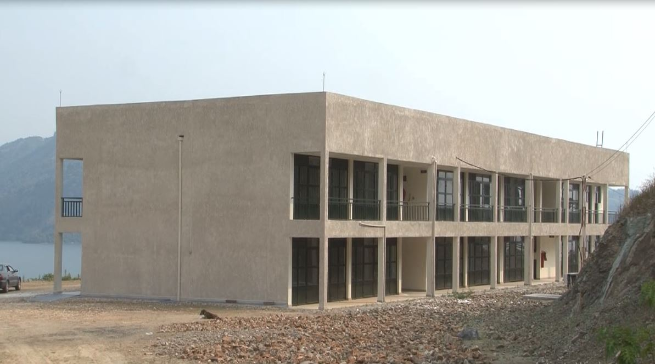
Rwandan traders started operating in it but business owners abandoned it after it emerged that there were no buyers. Traders said that the location of the market was a challenge to transport goods for about 3-4km from the town center.
“There is no business in this market because it is abandoned to an extent, but on Fridays the traders from Congo and Rusizi come on boats to buy goats and other domestic animals,” said one Jacques Benimana, a fisherman.
The Public Accounts Committee last year heard that Karongi cross border market remained defunct and had been constructed as a substandard structure and with poor materials and this is one of the issues that the ministry will be summoned over.
Rusizi cross border market
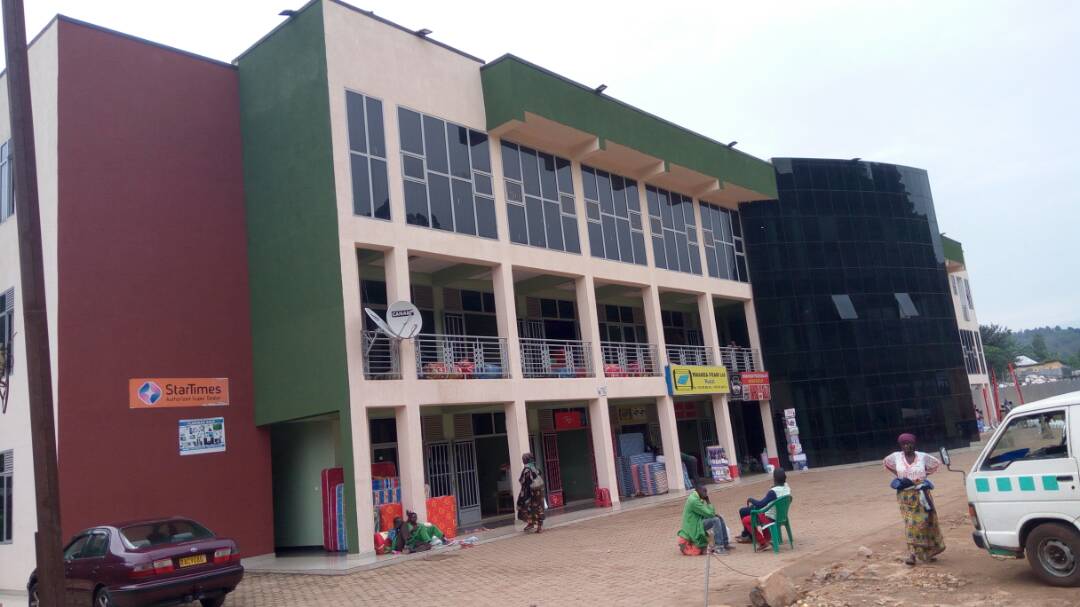
Worth Rwf1.5billion, the market is two in one facility in Rusizi district, located at the Bukavu border between Rwanda and DR Congo.
The market is reported be functional but the occupancy levels, just like many other markets remains low.

